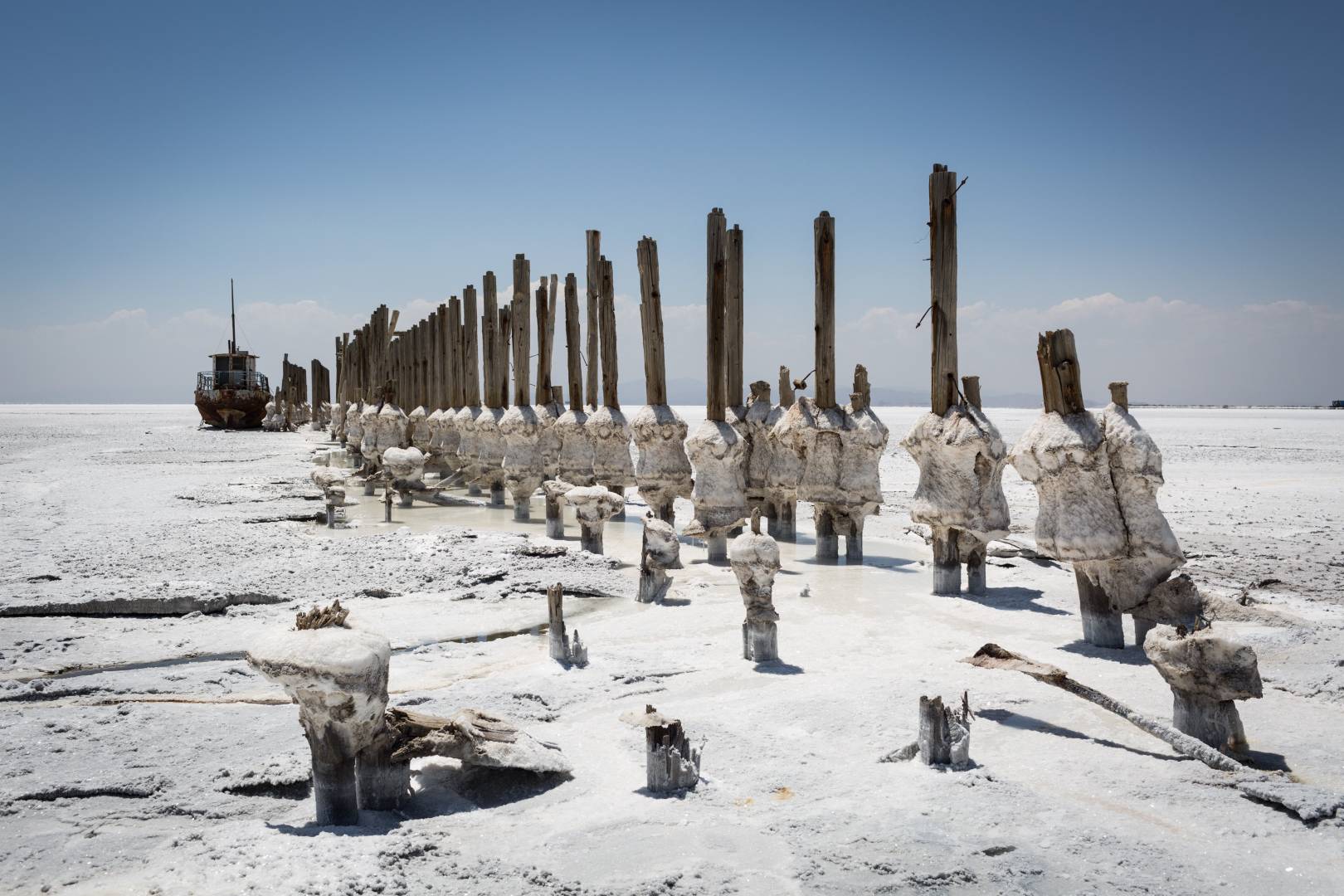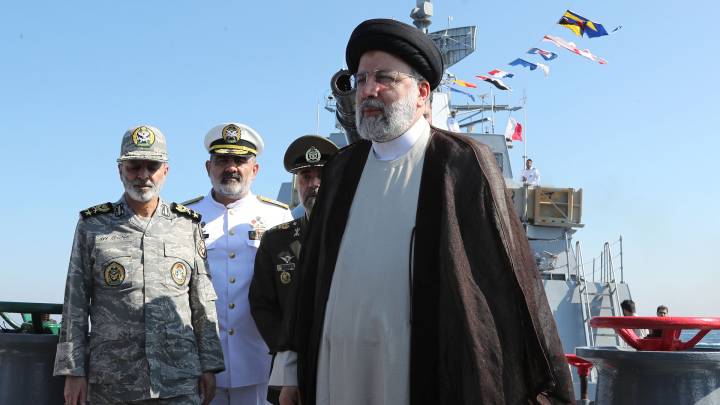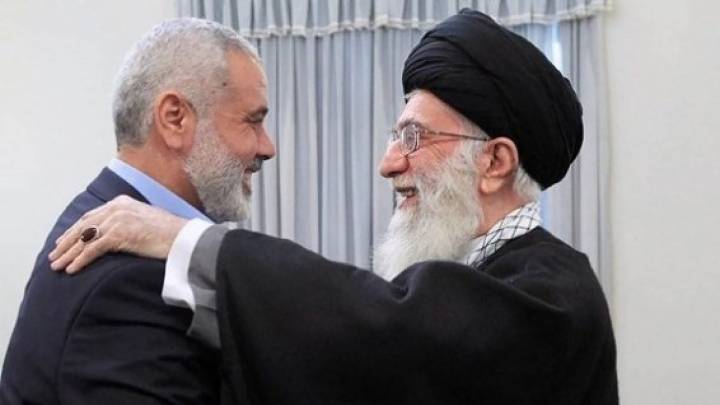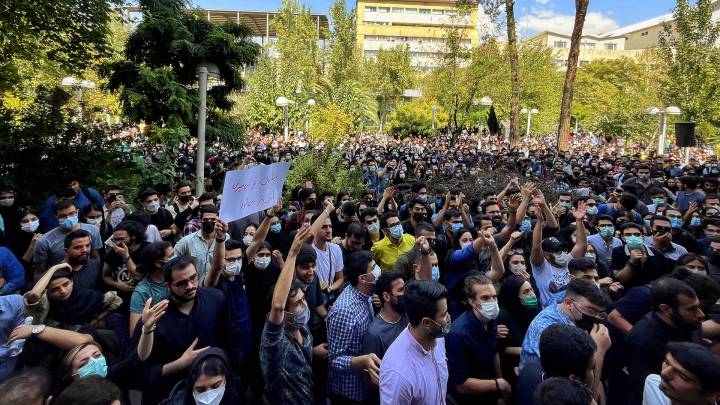Severe sandstorms, record-breaking heatwaves: Iran is experiencing climate change. Ecologist Naghmeh Mobarghaee explains how Iran’s largest inland body of water nearly disappeared, and the role of environmentalism in Iranian society and politics.
zenith: Former Pahlavi holiday destination Lake Urmia is in danger of evaporating. Will Iran’s version of the Aral Sea (the former lake between Kazakhstan and Uzbekistan that is now a desert) lead to a radical shift in the country’s environmental policy?
Naghmeh Mobarghaee: Even though climate change has partially contributed to the shrinking of Lake Urmia, the current situation is more likely the result of drastic political mismanagement, which dates back to the early 1980s. The events at the lake are the result of poorly planned development policy. Predominantly, the construction of several dams to supply local farmers with fresh water for their fields led to these vicious consequences. Today the lake is nothing but a shadow of its former glory.
Today there are hundreds of NGOs that aim to protect the Iranian environment.
However, recent research shows that Lake Urmia is slowly recovering. This is the result of projects put in place after the election of President Hassan Ruhani in 2013. The aim is to stop the ongoing desertification and pollution in the region. This proves that there can be change.
What measures have been taken to face this issue?
The authorities have begun to decrease the amount of water used for agriculture. Furthermore, awareness of the impact of environmental pollution has risen among the population of Lake Urmia. The engagement of NGOs has also had a positive impact.
The social media movement ‘I am Lake Urmia’, with well over 100,000 supporters, fought to protect the lake. Does this highlight the potential of Iranian civil society?
Today, there are hundreds of non-government organisations that aim to protect the Iranian environment. 20 years ago, there were only 50. This emerging sense of social activism has also increased environmentalism. This can also be seen in the change in voter behaviour. The more people live in financially stable conditions, the more they care for their environment. As the economic situation in Iran is solid, people have begun to create awareness of the environment. President Ruhani saw this potential, seized the moment and committed himself to saving Lake Urmia.
The area around the Persian Gulf particularly suffers the direct consequences of climate change. In the city of Ahvaz, for instance, temperatures have hit 53.7 degrees Celsius.
Climate change is becoming a real threat, especially to the south and southwestern parts of Iran. The oil-rich province of Khuzestan, for example, is getting hit by sandstorms more frequently now. Apart from the negative impact on the health of the local population, this has a major impact on public life, as airports and schools have to be closed. Water shortages, heat waves and sandstorms destroy entire harvests and therefore the very basis of local farmers’ incomes. Due to these conditions, locals have begun to migrate, making them Iran’s climate refugees. To fight the issue effectively, it is crucial to intensify cooperation in the Gulf, as climate change won’t care about national borders.
Current political cooperation among the Gulf states and Iran doesn’t look very promising. What actions have been taken thus far to counter climate change?
At the moment, we know far too little about the causes and consequences of climate change. Just a couple of months ago, we organised an international conference on sandstorms with participants from Syria and Iraq, for instance. Unfortunately, cooperation with Saudi Arabia isn’t going anywhere, even though this is crucial to fighting the threat. I am sure, with more political motivation, that this problem can be solved as well. The engagement and leadership of an international institution such as the UNDP (United Nations Development Programme) could be an advantage and relieve a lot of pressure on both sides.
In Iran, the use of nuclear energy is seen as a national interest, whereas in Germany renewable energy is thriving. How is the new Iranian environmental awareness reflected in the energy sector?
Nuclear energy is an important topic in Iran. In past years, the government has made some crucial investments in this sector. Yet the importance of renewable energy is growing. Currently, only one per cent of our electricity is generated by renewable energy. However, the government aims to increase this to five per cent in the next five years. Solar and wind energy should grow in particular, as they have the biggest potential.
Nuclear energy always seems to lead to political tension with Iran’s neighbours and the international community. Why doesn’t Iran abolish its nuclear programme and completely focus on renewable energy?
I consider myself an environmentalist, and of course I like the idea of renewable energy everywhere. However, I believe nuclear energy is the only way to fulfil the electricity needs of our rapidly growing population.





